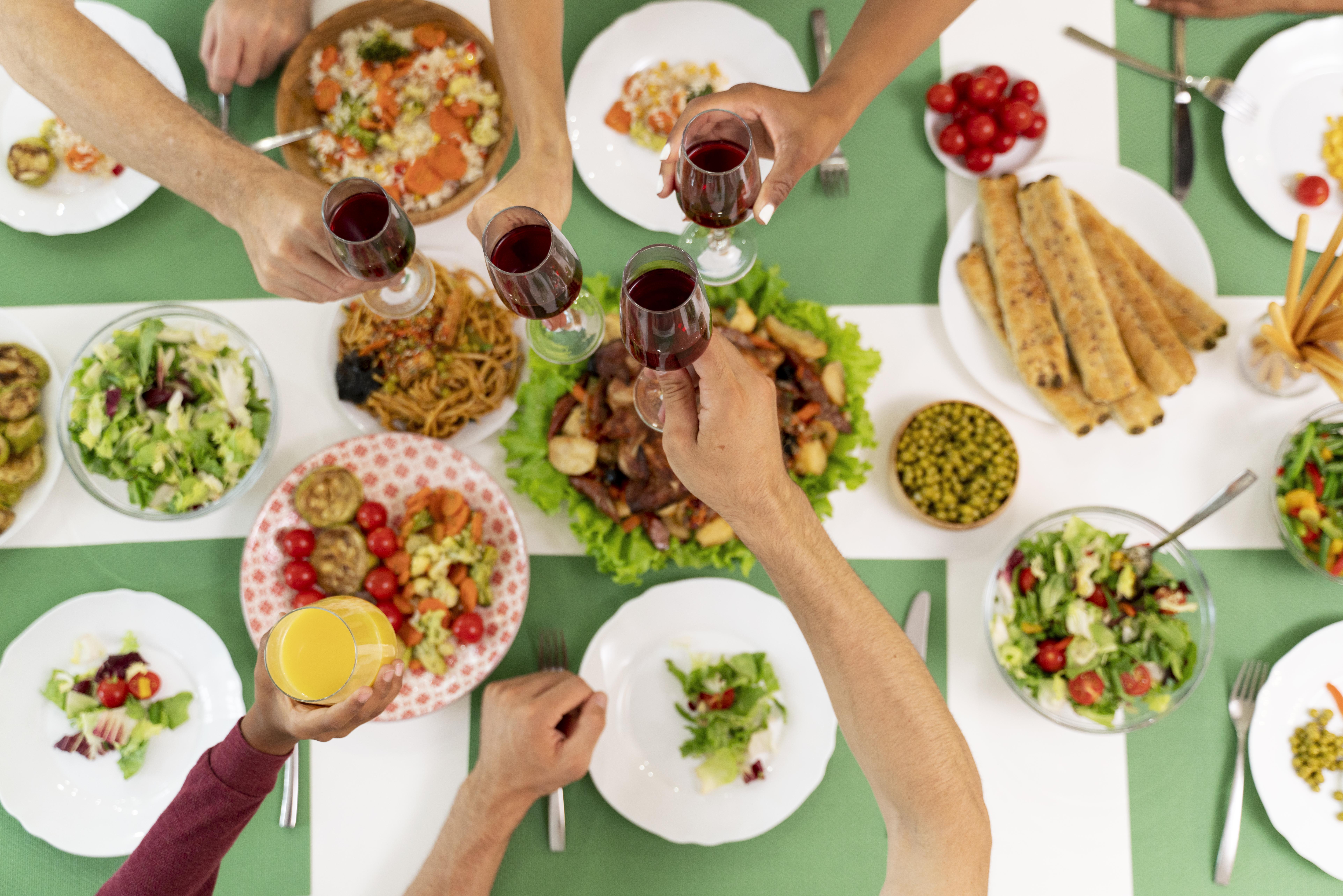The Social Diet: Navigating Healthy Eating in a Connected World
Eating behaviour is strongly influenced by social context. We eat differently when we are with other people compared with when we eat alone. Our dietary choices also tend to converge with those of our close social connections.

One reason for this is that conforming to the behaviour of others is adaptive and we find it rewarding.
Sharing a meal with friends, family or work colleagues is a common activity.
Given that much eating takes place in a social context it is important to understand how, and why, who we dine with affects what we eat.
We know from decades of research that other people influence our food intake and choices in a variety of ways .If we eat with someone who is eating a large amount then we are likely to model what they eat and consume more than we would eat if we were dining alone .We are also likely to eat a large amount if we eat in a group rather than eating alone.
Social eating is one of my biggest ongoing challenges, and while I haven’t completely licked it, here are some things that have worked for me:
1. Plan ahead. Know that you will need to have more awareness of eating than usual, with the constant distraction of people talking to you. So remind yourself: be mindful! And constantly reminds yourself of this during the social gathering.
2. Eat ahead. Sometimes it’s smart to eat something healthy before you go, so that you have gotten your dose of veggies and protein, and won’t be lacking in nutrients at the social gathering, nor will you be incredibly hungry and tempted to stuff your face.
3. Eat in small doses. Some people tend to load up their plates or order lots of food at once, but this means that if you’re not paying attention to your eating, you’ll likely eat it all even if you’re already full. So take only small servings if possible, and then if you’re not mindful of your eating, you won’t do much damage by eating the entire serving.
4. Have cues. While you might not be able to pay close attention to your eating as you eat, you can remind yourself to notice when you’re done eating a small dose and are about to get more. So each time you’re about to get more food or drink, pause and think, “Why am I getting more? Am I actually hungry? Or am I eating/drinking to have something to do while I socialize?” Each refill becomes your mindfulness cue.
5. Aim for healthier choices. While you might be surrounded by a huge amount of junk food or rich, heavy food, there will usually be some healthy options—vegetarian sides, salad, water or tea instead of alcohol. You don’t need to only eat the healthy stuff, but you’re better off if you choose the healthy stuff most of the time.
6. Indulge in small bites. There’s no need to completely stay away from the treats, but you don’t need a ton of treats in order to satisfy a craving. If you feel like eating fried clams, fine, but just have one or two, and eat them slowly and fully savor them. Same thing with that molten chocolate cake — just take 2-3 bites, and savor them slowly.


